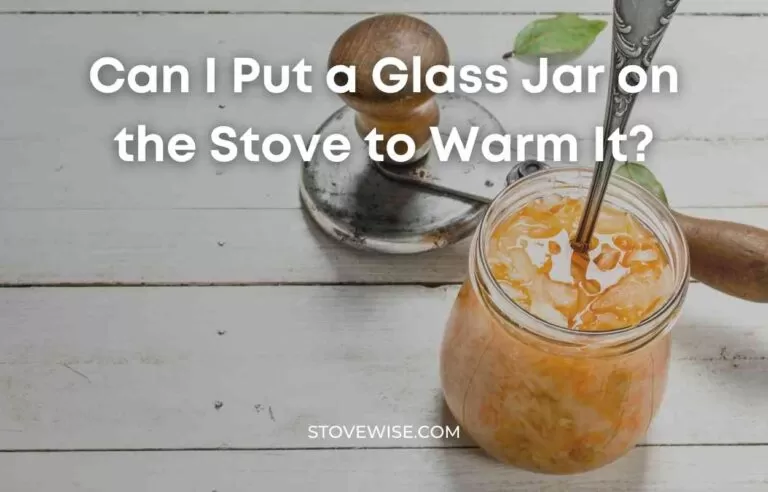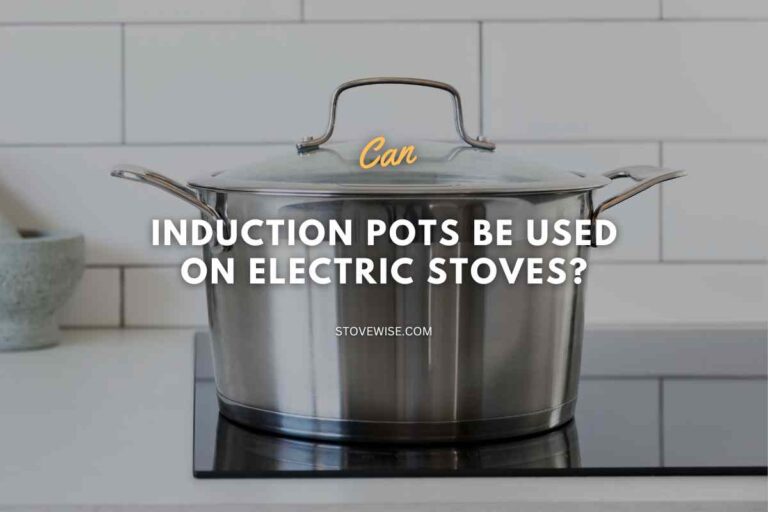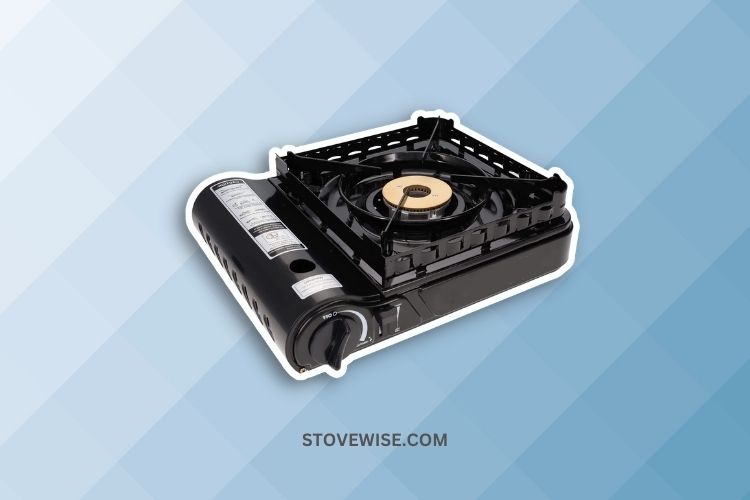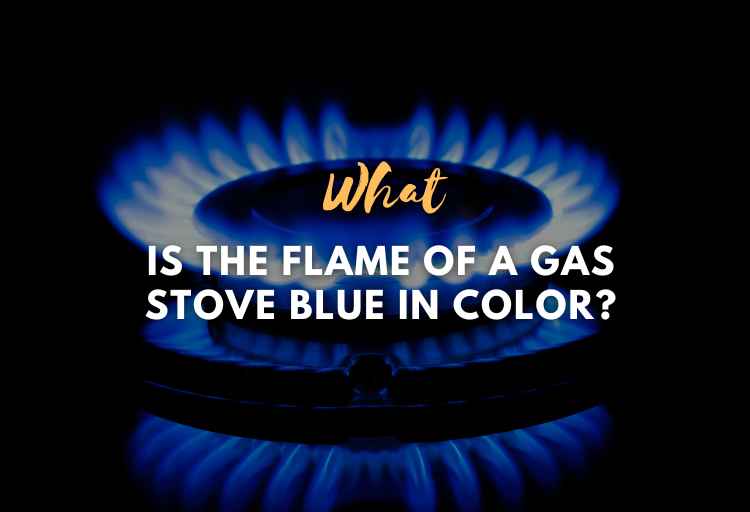What Is Medium Low Heat On Stovetop?
Are you confused about what medium-low heat means on your stovetop? You’re not alone. It can be a bit tricky to figure out what temperature you’re cooking at, especially if you’re following a recipe that calls for a specific heat setting.
What Is Medium Low Heat On Stovetop? Medium-low heat on a stovetop denotes a moderate temperature setting, typically between 250°F to 300°F (121°C to 149°C). It enables gentle cooking, ideal for sautéing delicate ingredients or simmering dishes to develop flavors without scorching.
Cooking is all about the heat. Whether you’re frying, boiling, or baking, the temperature of your cooking surface can make or break your dish. Understanding what medium-low heat means on your stovetop is essential for achieving the perfect cook on your food.
It’s a temperature setting that falls between low heat and medium heat, and it’s ideal for cooking delicate foods that require a gentle cook. But what exactly is medium-low heat, and how do you achieve it? We’ll answer these questions and more in this article.
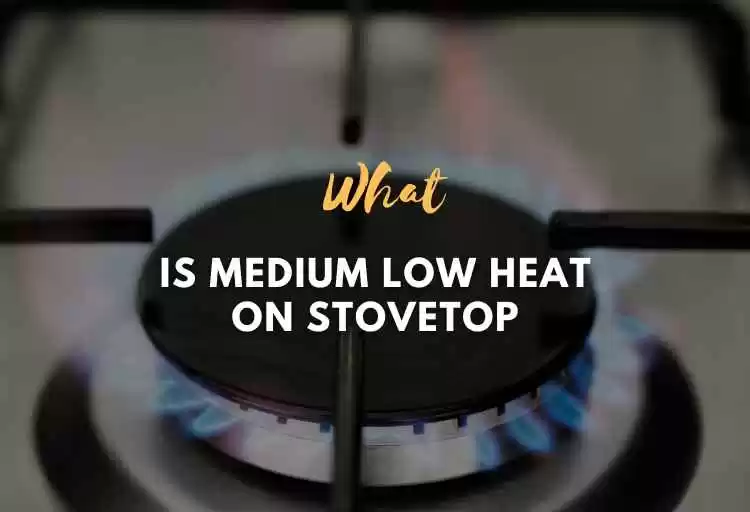
Contents
Understanding Heat Levels on a Stovetop
When it comes to cooking on a stovetop, understanding heat levels is crucial for achieving the perfect dish. The heat levels on a stovetop can vary depending on the type of stove you have, but generally, there are three main categories of heat: high, medium, and low.
High Heat
High heat is typically used for searing or browning meats, frying foods, or boiling water. On a gas stove, high heat is achieved by turning the burner to the highest setting, while on an electric stove, it’s achieved by turning the knob to the highest temperature.
It’s essential to be careful when cooking with high heat because it can quickly burn or overcook your food.
Medium Heat
Medium heat is ideal for cooking vegetables, slow-cooking meats, or browning onions. On a gas stove, medium heat is achieved by turning the burner to a medium setting, while on an electric stove, it’s achieved by turning the knob to a medium temperature. Medium heat is a versatile heat level that can be used for a wide range of recipes.
Low Heat
Low heat is used for simmering sauces, soups, or rice, or slow-cooking chicken or beef. On a gas stove, low heat is achieved by turning the burner to the lowest setting, while on an electric stove, it’s achieved by turning the knob to the lowest temperature.
Low heat is an essential heat level to master because it can prevent burning or overcooking your food.
When it comes to cooking on a stovetop, it’s essential to have a consistent temperature for the best results. Gas stoves tend to have a more precise heat control than electric stoves, but with trial and error and experience, you can achieve precise temperatures on both types of stoves.
A rule of thumb for determining the heat level on a gas stove is to look at the flame. A blue flame indicates a high temperature, while a yellow flame indicates a low temperature.
On an electric stove, the heat output is measured in degrees Fahrenheit or Celsius, and you can use a thermometer to monitor the temperature.
The heat levels on a stovetop can vary depending on the cookware used, the cooking method, and the type of food being cooked.
For example, searing a steak requires high heat, while slow-cooking a stew requires low heat. It’s essential to adjust the heat level accordingly to avoid burning or undercooking your food.
What Is Medium Low Heat On Stovetop?
Medium-low heat on a stovetop refers to a moderate level of heat that falls between the low and medium settings. It is commonly used when you want to cook food more gently than medium heat, but still want to apply some heat to cook or warm the ingredients.
The exact temperature can vary depending on the stove and the specific setting, but generally, it falls within the range of 250°F to 300°F (121°C to 149°C).
When cooking on medium-low heat, the heat intensity is sufficient to sauté or simmer foods slowly without burning them. It is often used for delicate ingredients that require gradual cooking or for recipes that benefit from a slower cooking process to develop flavors.
Some examples of when to use medium-low heat include:
- Sautéing onions and garlic to soften them without browning too quickly.
- Simmering sauces, stews, or soups to allow flavors to meld together over a longer period.
- Cooking eggs gently to avoid overcooking or burning.
- Melting chocolate or butter without scorching.
Keep in mind that different stoves may have slight variations in heat output, so it’s always a good idea to adjust the temperature as needed and pay close attention to the cooking process to achieve the desired results.
If a recipe calls for medium-low heat, it’s best to set your stove dial to the middle of the low and medium heat settings or adjust it until you find the appropriate temperature for your specific stove.
Why Heat Control is Important?
When it comes to cooking, heat control is one of the most important factors to consider. The ability to control the heat of your stove allows you to cook your food to perfection, ensuring that it is cooked through without burning or overcooking.
Different types of fuel and appliances require different heat control methods, so it’s essential to understand how to adjust the heat on your specific stovetop. This precision will help you cook your food more efficiently and with better results.
Patience is also crucial when it comes to heat control. Rushing the cooking process by turning up the heat will not only result in unevenly cooked food but can also be dangerous. It’s important to take the time to adjust the heat gradually, allowing the food to cook evenly and thoroughly.
Using the right heat setting can also help you save time and energy. For example, using medium-low heat instead of high heat can help you cook food more slowly, allowing it to cook through without burning. This can save you time and energy in the long run, as you won’t need to spend time scraping burnt food off your pans.
Wrap Up.
In conclusion, medium-low heat on a stovetop is a crucial temperature setting that allows for gentle and controlled cooking. With its moderate range of approximately 250°F to 300°F (121°C to 149°C), it proves invaluable for sautéing, simmering, and delicately cooking various ingredients.
By mastering this heat level, cooks can create flavorful and perfectly cooked dishes without the risk of burning or overcooking. Understanding the nuances of heat settings on a stovetop empowers individuals to enhance their culinary skills and achieve satisfying results in the kitchen.

